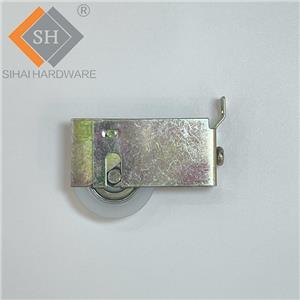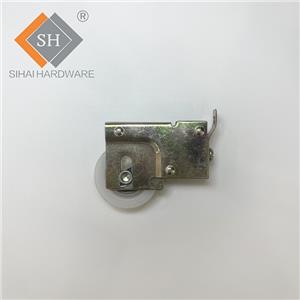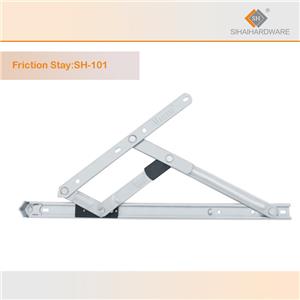ARTICLE NO.86|Technical Analysis: Design and Application of Sliding Window Translation Friction Stay Hinges
ARTICLE NO.86|Technical Analysis: Design and Application of Sliding Window Translation Friction Stay Hinges
Sliding window systems are increasingly popular in modern architectural designs due to their aesthetic appeal and functional advantages. Among the critical components of these systems are translation friction stay hinges, which allow for smooth operation while providing stability and security. This article discusses the design principles, materials, applications, and benefits of sliding window translation friction stay hinges.
## Design Principles
### 1. Mechanism Overview
Sliding window translation friction stay hingesoperate by allowing the window to slide along a track while maintaining a secure and stable connection to the frame. The hinge mechanism typically consists of:
- **Hinge Arms**: These connect the window to the frame and allow for movement.
- **Friction Mechanism**: This component controls the resistance during the opening and closing of the window, ensuring smooth operation.
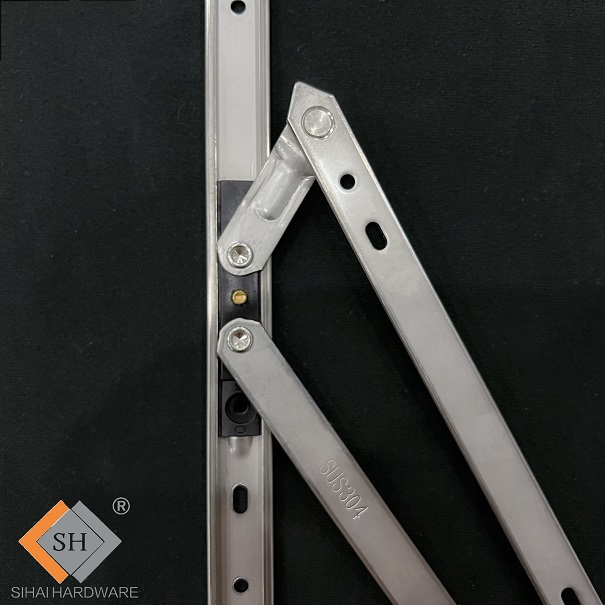
### 2. Key Design Considerations
- **Load Capacity**: The hinges must be designed to support the weight of the window, including any additional loads from wind or environmental factors.
- **Durability**: Materials used in the hinges must withstand environmental stressors, including moisture and temperature fluctuations.
- **Ease of Installation**: The design should facilitate straightforward installation and maintenance.
### 3. Materials Used
Common materials for the construction of sliding window translation friction stay hinges include:
- **Aluminum**: Lightweight, corrosion-resistant, and strong, making it a popular choice for modern windows.
- **Stainless Steel**: Offers high durability and resistance to rust, ideal for harsh environments.
- **Plastic Composites**: Used for their lightweight and cost-effective properties, though they may have lower load capacities.
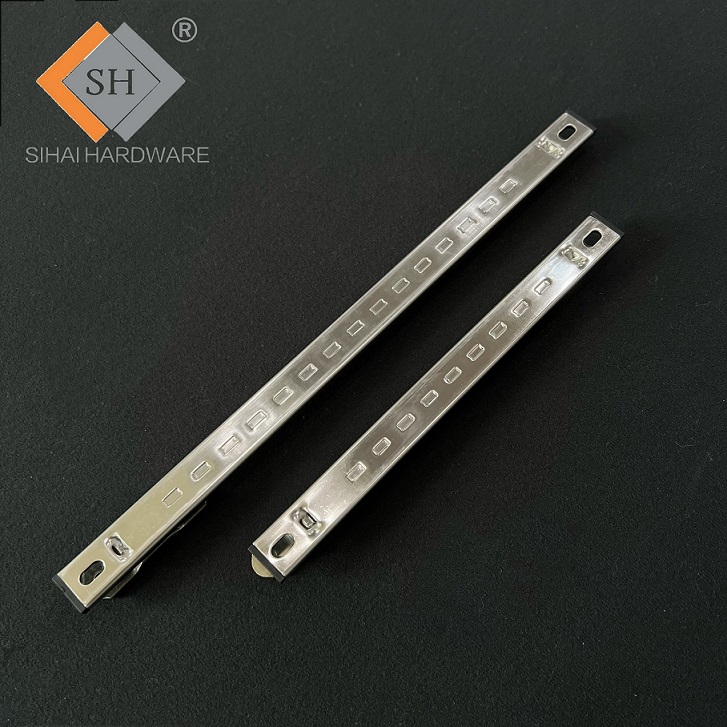
## Applications
### 1. Residential Windows
Sliding window systems with translation friction stay hinges are widely used in residential buildings. They enhance natural light and ventilation while offering unobstructed views.
### 2. Commercial Buildings
In commercial applications, these hinges are essential for large sliding windows and doors, providing a seamless transition between indoor and outdoor spaces.
### 3. Specialized Uses
- **Fire Escape Windows**: Some designs incorporate friction stay hinges to ensure that windows can be easily opened in emergencies.
- **Greenhouses**: In agricultural settings, sliding windows equipped with these hinges allow for optimal ventilation while maintaining structural integrity.
## Benefits
### 1. Enhanced Functionality
Sliding window translation friction stay hinges provide a balance between ease of use and security. They allow for smooth operation even in larger windows, making them suitable for various applications.
### 2. Aesthetic Appeal
These hinges are designed to be discreet, contributing to the overall visual appeal of the window system without compromising functionality.
### 3. Energy Efficiency
By enabling better sealing when closed, these hinges can contribute to improved energy efficiency in buildings, reducing heating and cooling costs.
## Challenges
While the benefits are significant, there are some challenges associated with the design and application of sliding window translation friction stay hinges:
- **Wear and Tear**: Over time, friction mechanisms can wear down, requiring maintenance or replacement.
- **Initial Cost**: High-quality materials and sophisticated designs can lead to higher upfront costs.
- **Complex Installation**: Some systems may require specialized installation techniques.
## Conclusion
Sliding window translation friction stay hinges play a vital role in modern architectural designs, offering a blend of functionality, durability, and aesthetic appeal. As technology and materials continue to evolve, the design and application of these hinges will likely see further advancements, enhancing their performance and broadening their use in various settings. Understanding their mechanics and applications can help architects and builders make informed choices that optimize both form and function in their projects.


